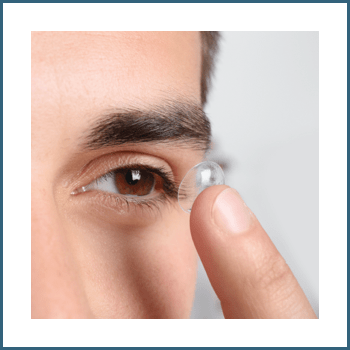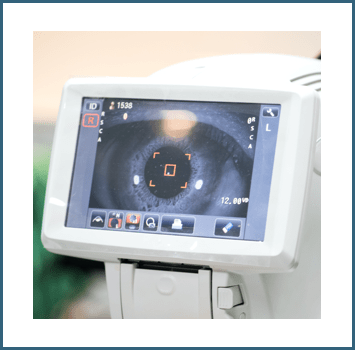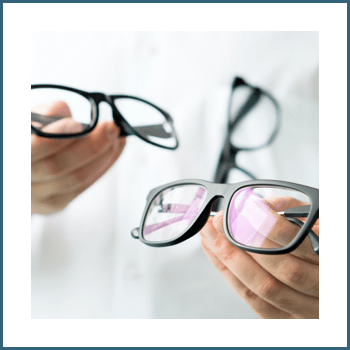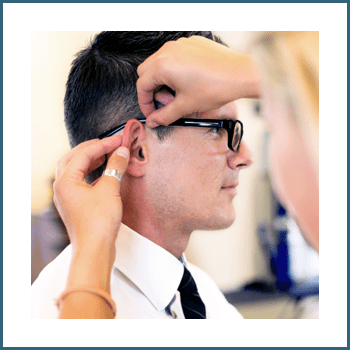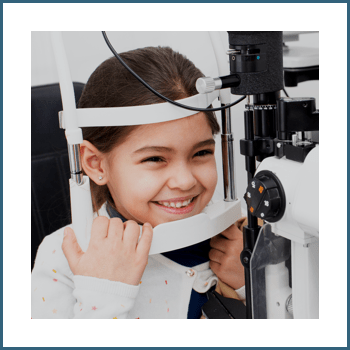Don’t Settle for Uncomfortable, Dry Eyes
Dry eyes can be uncomfortable and make everyday activities more challenging. When your eyes are irritated, dry, or uncomfortable, it affects your vision. You may feel like closing or rubbing your eyes—anything to alleviate the sensation.
You don’t have to settle for dry eyes! Healthy tears are an essential part of healthy vision. Our eye care team can help you find a solution. Visit Westmount Optometrists today so we assess your eye health and discuss treatment options.
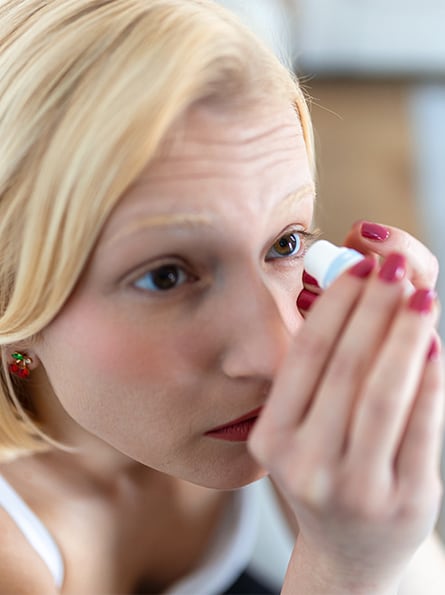

What Is Dry Eye?
Tears are a crucial part of your eye health. They keep the surface of the eye moist and clean, preventing infection and supporting vision. Every time you blink, a layer of moisture, called the tear film, spreads across your eye. However, when your eye doesn’t produce enough quality tears, it can affect eye comfort and vision.
The tear film has 3 layers:
- The oily outer layer prevents tear evaporation
- The watery middle layer keeps eyes wet & nourishes the eye
- The inner mucus layer helps tears stick to the eye surface
Each layer helps support the composition, quality, or amount of tears available. When one or more layers are affected, it can cause dry eye.
Dry Eye Symptoms
Symptoms of dry eye include:
- Gritty or irritated eyes
- Excessive tearing
- Feeling something in the eye
- Fluctuating or blurry vision
- Burning or stinging eyes
Dry eye can be an irritating sensation in the short term, but it can be harmful to long-term eye health. Excessive or prolonged dryness can increase the risk of eye damage or infection, including vision impairment.
Dry Eye Causes
Dry eyes are a common symptom of other conditions, so it can sometimes be challenging to pinpoint a single cause. Optometrists evaluate eye health and discuss lifestyle factors to help determine the cause and an appropriate course of treatment.
Dry eye can be caused by:
- Aging
- Environmental conditions
- Digital eye strain
- Medications
- Hormonal changes
- Blinking problems
- UV exposure
Dry eye may also be a symptom of other eye or health conditions. For example, meibomian gland dysfunction (MGD) is a common eye problem that causes dry eye. The condition can block the meibomian glands from releasing the oils necessary for healthy tears.
Dry Eye Treatment
Every treatment is patient-specific. What works for treating your dry eye may not work as effectively for another person.
Eye examinations are the first step in learning about your unique eye care needs. We’ll also discuss lifestyle and environmental factors to determine the cause of your dry eye. Then, after diagnosing why your eyes are dry, we can create a customized treatment plan.
For example, digital eye strain is a common lifestyle cause of dry eye. Decreasing your screen time or using artificial tears may be the most effective solution. Alternatively, if warm compresses or other at-home care isn’t working, we may recommend medicated eye drops or ointments.
Visit Us for Dry Eye Relief
There are many possible options for alleviating dry eye. Dry eye shouldn’t take over your life. Westmount Optometrists can develop a plan to support your eye health and comfort. Contact us today for dry eye relief.

Frames We Love!





Where To Find Us
At the corner of Springbank Drive and Wonderland Road, our clinic offers plenty of parking out front.

Our Address
- 585 Springbank Dr.
- London, ON N6J1H3
Talk to Us
- Phone: 519-472-0210
- Email: [email protected]
Our Hours
- Monday: 8:00 AM – 7:30 PM
- Tuesday: 8:00 AM – 7:30 PM
- Wednesday: 8:00 AM – 7:30 PM
- Thursday: 8:00 AM – 7:30 PM
- Friday: 8:00 AM – 5:00 PM
- Saturday: Closed
- Sunday: Closed
Read Our Blog
How Long Can Eye Strain Last?
Digital Eye Strain, Eye CareHow long eye strain lasts can vary in individuals. However, eye strain symptoms can subside after an hour when you stop the activity that caused it. Prolonged eye strain could indicate an underlying eye problem. […]
What Happens During a Contact Lens Fitting?
Contact LensesIf you’re tired of wearing glasses and considering switching to contact lenses, or maybe you’re already a seasoned contact lens wearer and want to learn more about the fitting process, you’ve come to the right place. Contact lenses have revolutionized how we see and experience the world, providing a convenient and comfortable alternative to traditional […]
Why Do I Keep Waking Up With Dry Eyes?
Dry Eye, Eye CareIf you keep waking up with dry eyes, several underlying causes could exist. From sleeping habits to dry air, allergies, and eye strain, identifying the root cause of the problem is the first step to finding relief. […]
How Long Can Eye Strain Last?

How long eye strain lasts can vary in individuals. However, eye strain symptoms can subside after an hour when you stop the activity that caused it. Prolonged eye strain could indicate an underlying eye problem. […]
What Happens During a Contact Lens Fitting?

If you’re tired of wearing glasses and considering switching to contact lenses, or maybe you’re already a seasoned contact lens wearer and want to learn more about the fitting process, you’ve come to the right place. Contact lenses have revolutionized how we see and experience the world, providing a convenient and comfortable alternative to traditional […]
Why Do I Keep Waking Up With Dry Eyes?
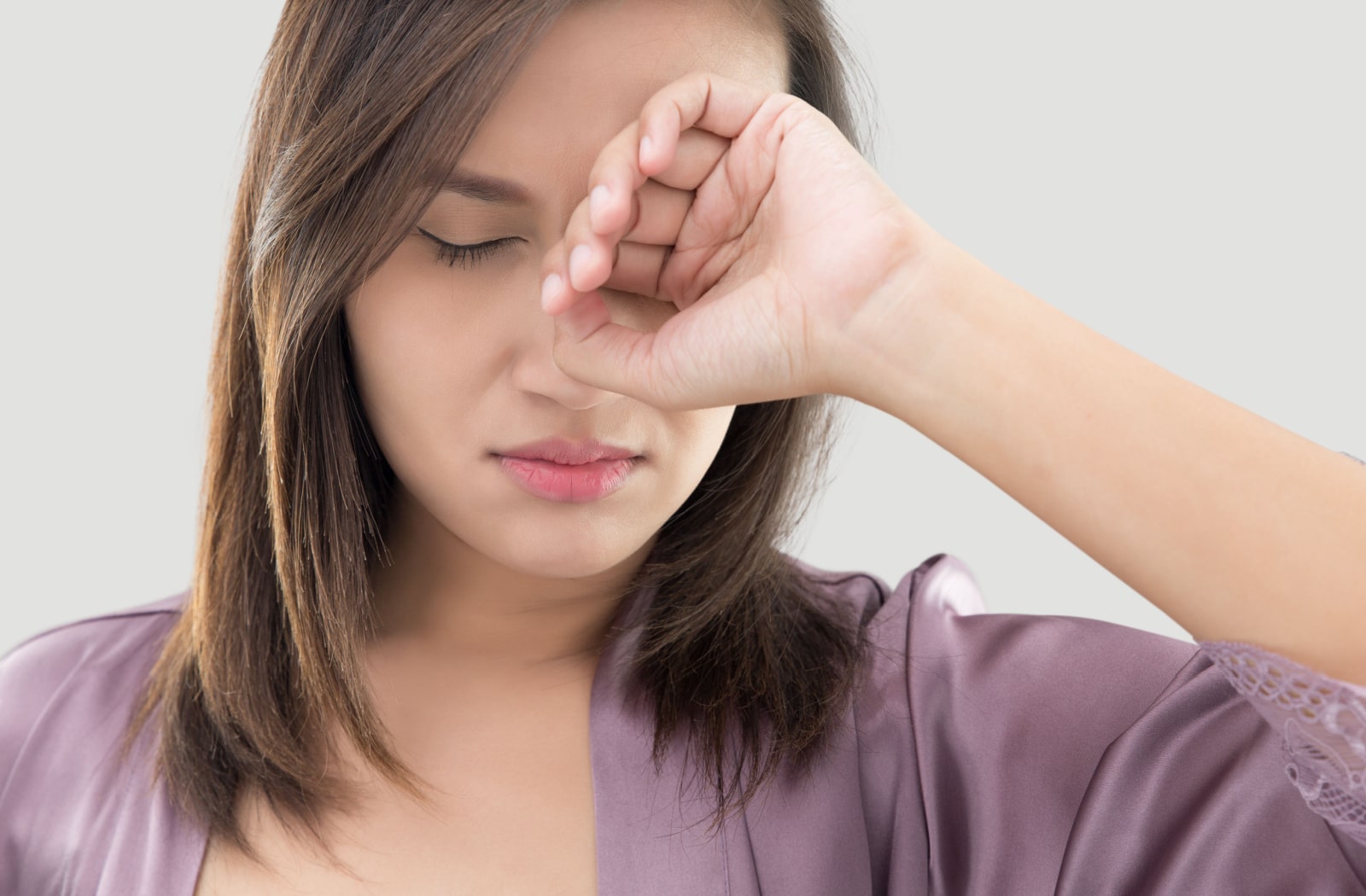
If you keep waking up with dry eyes, several underlying causes could exist. From sleeping habits to dry air, allergies, and eye strain, identifying the root cause of the problem is the first step to finding relief. […]



